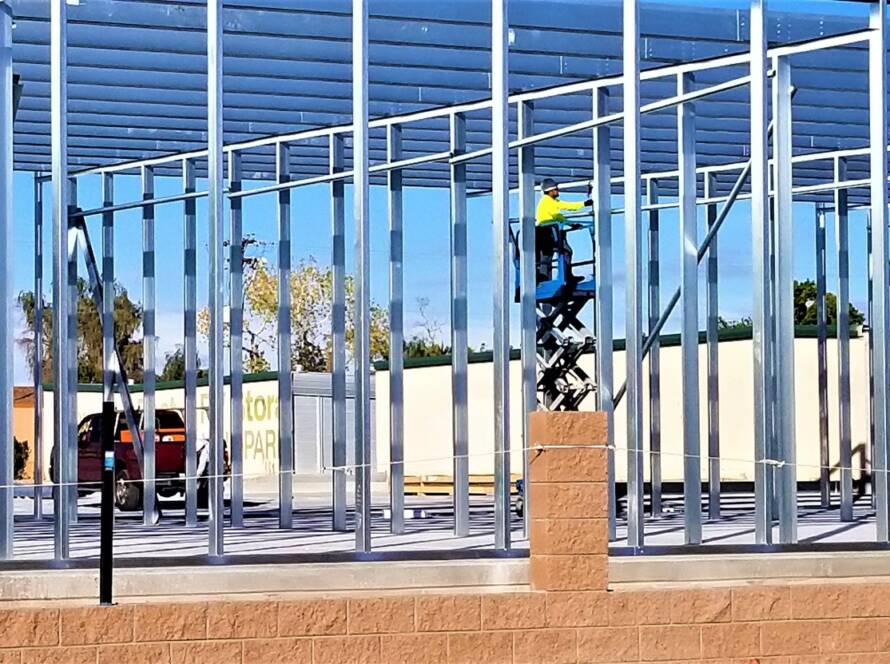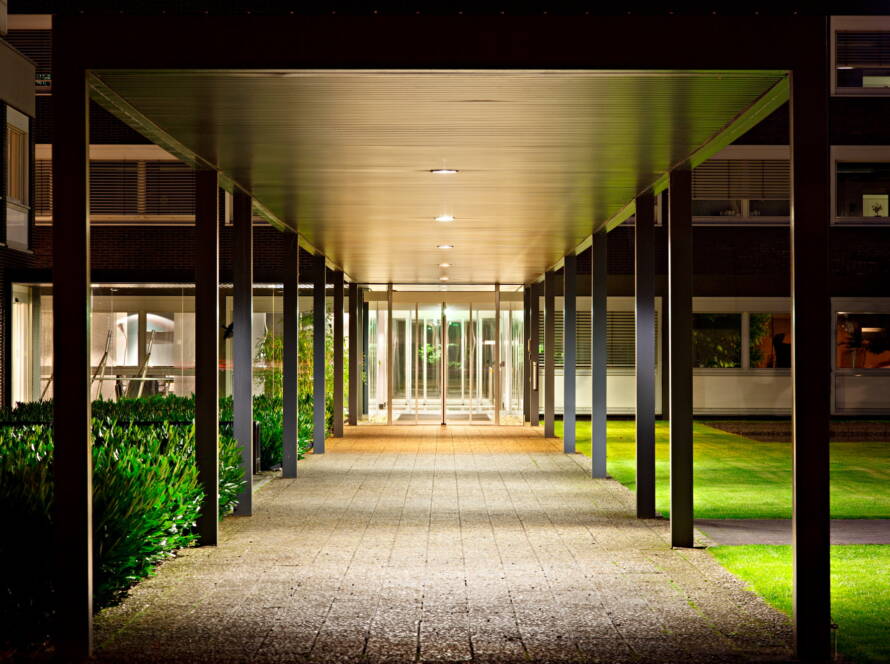Introduction
The physical workspace isn’t just a backdrop—it’s a strategic tool. Well-designed commercial construction doesn’t just improve appearances; it drives productivity, boosts morale, and strengthens brand perception. Here’s how construction choices impact performance and business outcomes.
1. Layout Impacts Workflow
Smart construction creates spaces that support how your team actually works:
- Open floor plans encourage collaboration and team energy
- Private zones reduce distractions for focused tasks
- Efficient layouts minimize wasted movement and improve operational flow
2. Natural Light and Ventilation Boost Morale
Studies show that workplaces with:
- Ample natural light
- Quality ventilation systems
- Biophilic elements (plants, nature views)
…see increased job satisfaction, reduced stress, and improved performance.
3. Breakrooms and Common Areas Matter
Modern construction prioritizes employee wellness:
- Break spaces encourage social bonding
- Wellness rooms support mental health
- Outdoor patios or rooftop lounges promote balance
4. Tech Integration Increases Efficiency
Today’s construction allows seamless integration of:
- Smart lighting and HVAC
- Access control and security
- AV systems and digital workstations
This improves communication, comfort, and security, keeping operations running smoothly.
5. First Impressions Count
Well-designed commercial spaces:
- Enhance customer trust
- Attract top talent
- Reinforce your brand image through architecture and layout
6. Retention Through Environment
High-quality, purpose-built spaces show your team that you value their experience, leading to better employee retention and loyalty.
Conclusion
General construction isn’t just about building walls—it’s about building better businesses. Investing in design-driven, people-focused environments results in measurable gains in performance, satisfaction, and brand value.



